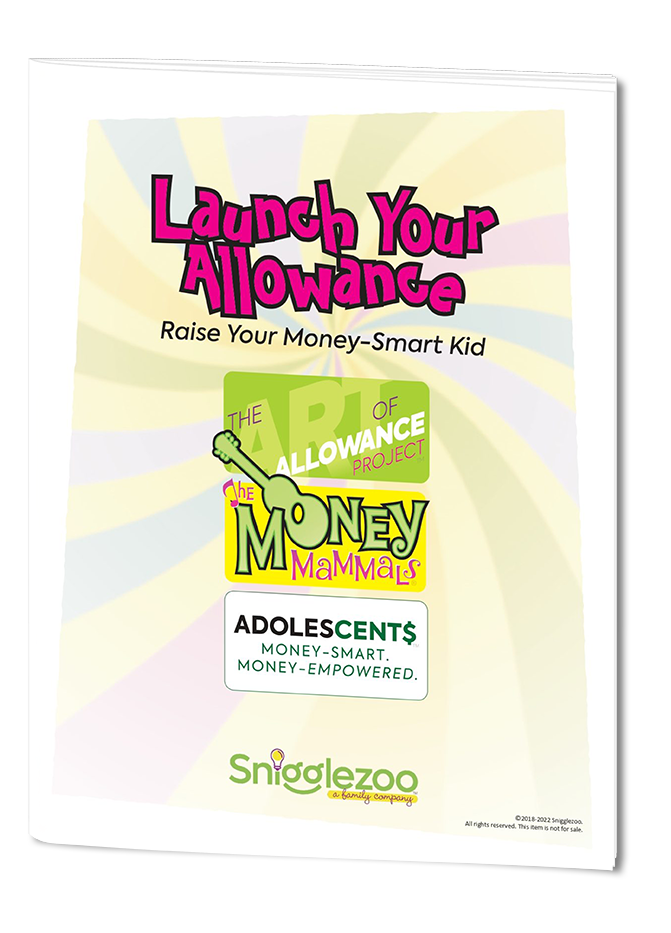When Sarah opened her envelope, she read the following:
1-7-5-0-0-0
Six numbers later, her life had changed.
These were not winning lottery numbers. Far from it.
This was Sarah’s debt after completing her Physical Therapy degree.
$175,000!
“It was one of the most depressing moments of my life,” Sarah admitted.
She then heard about a previous graduate who earmarked all of her salary towards paying down her debt while living off her husband’s income for ten years.
When I listened to this story on Ramit Sethi’s I Will Teach You To Be Rich podcast, I found it difficult to believe for two reasons.
First, how was it possible that Sarah did not know this number until graduation day?
Second, how could her school be so cruel? Sarah, her husband and others in her class had their celebratory day ruined by these envelope surprises.
It didn’t have to be this way.
Sarah wished she could go back in time to tell her 21-year-old self to think twice about what she was about to do.
But what if she traveled further back in time?
What if her parents allowed young, school-age Sarah to make low-stakes mistakes with money?
What if?
Unfortunately, time is stubborn. It doesn’t go backward.
I want to help your kids avoid what happened to Sarah. To avoid the “envelope surprise.”
I want to help you start early. To teach your kids to practice with money. To learn to use money as a tool.
Had Sarah had the chance to practice, make mistakes and learn from her own low-stakes mistakes, she might have been able to avoid the high-stakes mistake that changed her life.
So how can you help your kids avoid the “envelope surprise”?
How do we set up our kids for success so they aren’t financially forced to return home?
By starting early.
With an allowance.
An allowance is a tool we use to help our kids learn about money through their own experiences.
It’s also a conduit to ongoing, open money conversations with our kids.
To get things going, you can kick-start the allowance process today with this handy-dandy Allowance Launcher.
We begin with a simple starter allowance and three jars: Share, Save and Spend Smart. We provide five dollars a week and introduce our kids to the first of the three core money-smart skills, making smart money choices.
Here’s how to break down the initial allowance.
One dollar into the Share jar. This teaches your kids that charitable giving is meaningful to your family.
One dollar into the Save jar. You’re teaching them the time-tested concept that every financial advisor preaches: Pay yourself first.
Three dollars into the Spend Smart jar. They’re now empowered to use their own money to make purchases.
And this is just the beginning.
An allowance opens up conversations about money with your kids. Money will be a taboo topic no more.
And money need not be mysterious. It can and should be discussed, just like what clothes you’ll wear tomorrow or what meal you’d like to eat for dinner.
Sarah’s story, the “envelope surprise,” underscores the power of open money conversation.
By opening up a dialogue with her parents, perhaps 21-year-old Sarah would have asked questions about the cost of school and how that debt might impact her life.
If you’d prefer to tackle these initial steps with a group of parents who, like you, want to be sure to give their kids the smart start they need, then my new course is for you.
I based this course on a shorter one-hour program I’ve taught to thousands of parents.
Here’s a sneak peek of what you can expect from this course. You will:
- Create and test an allowance system that will grow with your kids.
- Discover the connection between a purposeful allowance and assigning chores.
- Find the confidence to be your kids’ money-smart guide.
- Learn tips and techniques to teach your kids meaningful money values.
Welcome to The Art of Allowance Academy: Raising Money-Smart Kids.
Won’t you join me?

Featured image created using Midjourney

